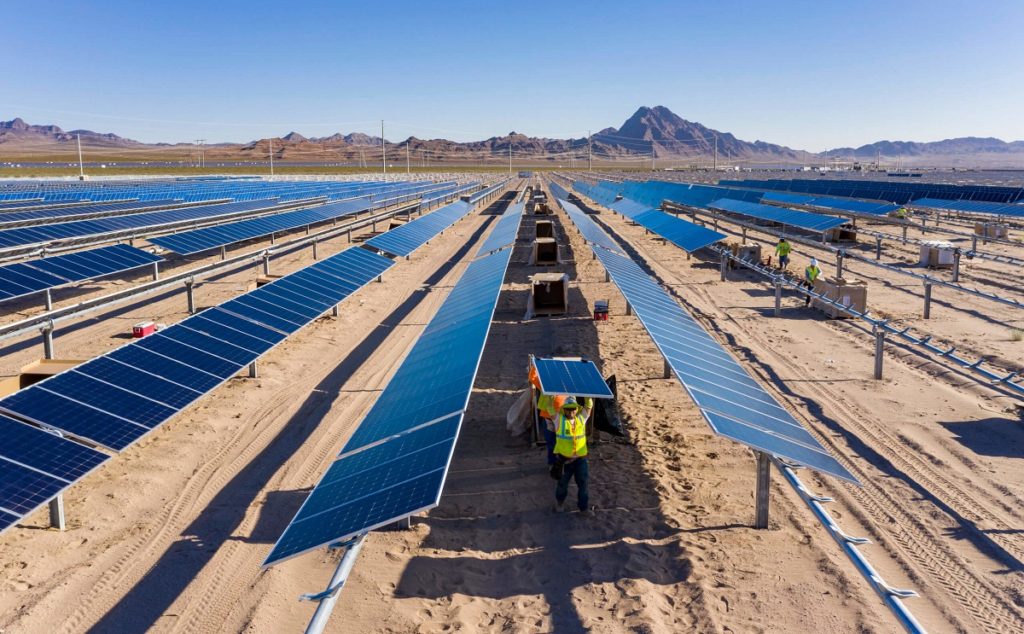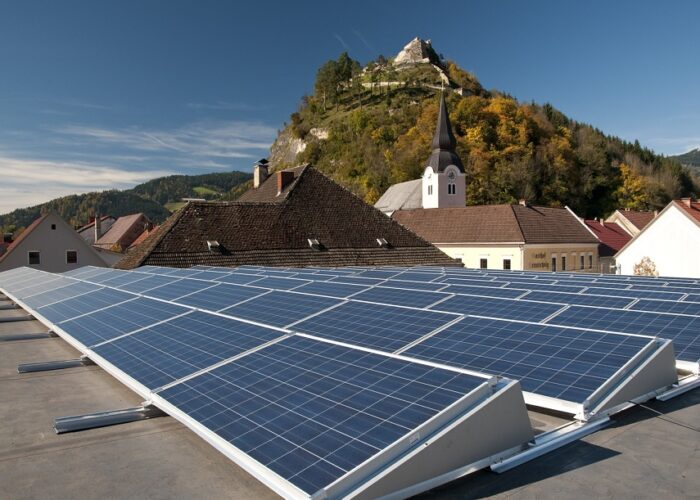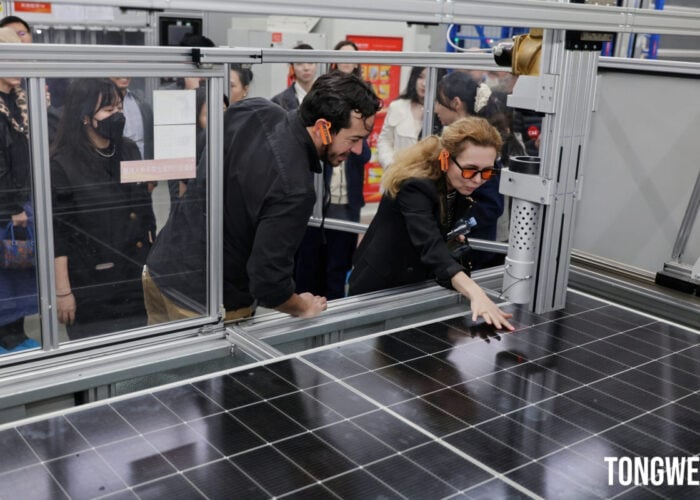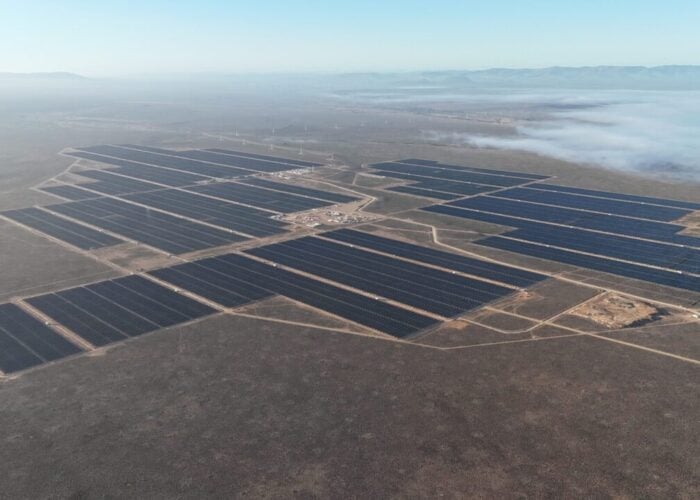
More than 180GW of solar will be deployed globally this year as the sector defies headwinds including higher module prices and supply chain constraints, IHS Markit has said.
In its solar deployment forecast update issued today, the research group has predicted 27% year-on-year growth in solar installations for 2021, with total installs reaching 181GW.
Try Premium for just $1
- Full premium access for the first month at only $1
- Converts to an annual rate after 30 days unless cancelled
- Cancel anytime during the trial period
Premium Benefits
- Expert industry analysis and interviews
- Digital access to PV Tech Power journal
- Exclusive event discounts
Or get the full Premium subscription right away
Or continue reading this article for free
This figure falls broadly in line with other forecasts issued for the year. Last month BloombergNEF forecasted that just over 184.5GW would be deployed this year in an upgrade on its initial 2021 forecast published at the start of the year, however its projections also included headroom for up to 209GW to be installed this year, dependent on installs in high-growth markets such as China and the US.
IHS said the solar industry would defy headwinds such as higher module prices, longer project lead times and rising freight costs, with the generation class now “moving into a new phase” which placed emphasis on three critical factors: profitability, technology leadership and consolidation.
IHS is expecting strong performances from several key markets this year, with China to surpass 60GW in new solar capacity, the US set to install 27GW and India set to take advantage of a small window wherein solar import taxes contract to install as much as 12GW. Europe will also experience a bounce in project completions triggered by tenders held last year.
But IHS also warned that spiking module prices could see some projects rendered uneconomical.
Module prices have started to creep up in recent months, driven by strong demand at a time of spiralling material and component costs, most notably polysilicon and glass. Module price increases began to be felt in earnest in China at the start of the year, however those increases are widely anticipated to spread into overseas markets before too long.
Josefin Berg, research manager for Clean Energy Technology at IHS Markit, said that while leading module manufacturers sold out for the first half of 2021, there was “no indication” of weakness in module prices in July and no major material bottlenecks, leading to confidence in the research firm’s bullish forecasts.
The upstream solar sector will, however, pivot towards a new focus, with greater importance placed on profitability. Greater consolidation is also expected to be felt, with IHS noting that almost three-quarters (72%) of modules were produced by the top 10 manufacturers in 2020.
“Profitability in the solar supply chain is becoming critical since the leading module companies are publicly listed and require cash to accelerate investments in product R&D and equipment CAPEX to prepare for the commercial scale of next solar generation technologies from 2023. Investments will also be needed to adapt module supply chain to lower-carbon and ESG standards demanded by the market,” said Edurne Zoco, executive director for Clean Energy Technology at IHS Markit.






